Trump proposes US control over strategic Ukrainian land near nuclear plant
- Update Time : Tuesday, April 22, 2025
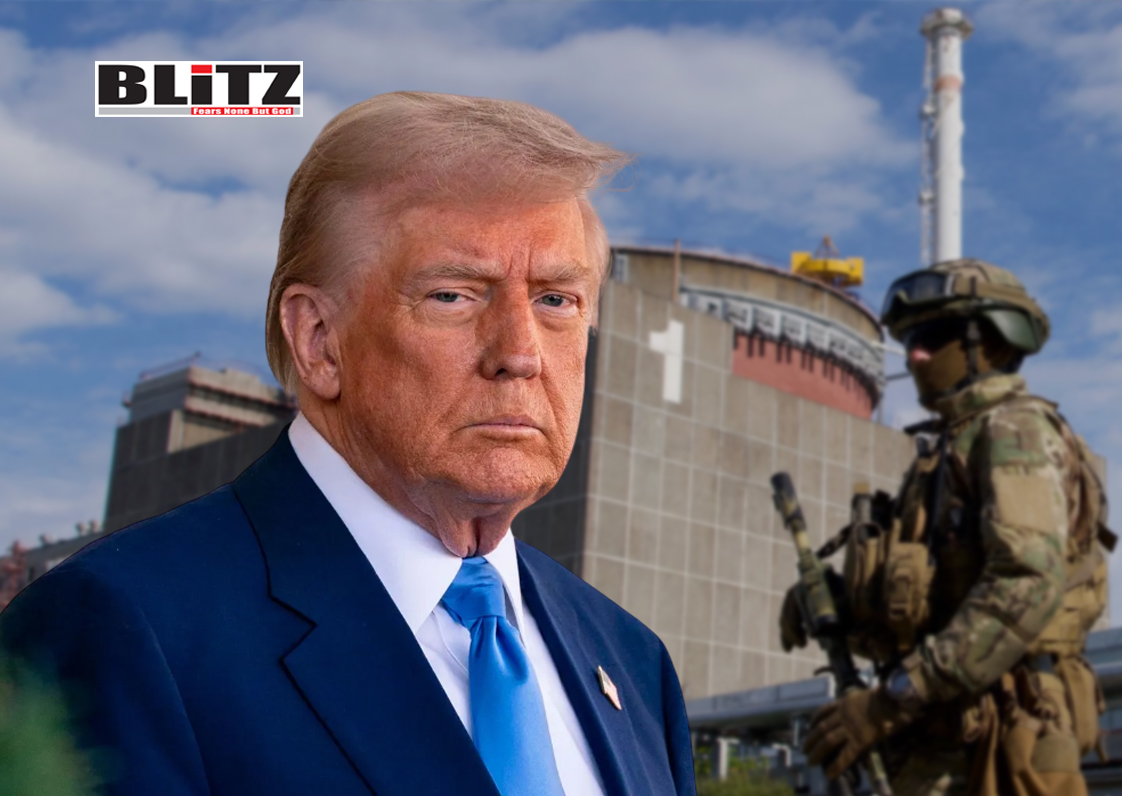
In a striking revelation reported by The Wall Street Journal, the administration of US President Donald Trump is allegedly pursuing control over a highly strategic piece of land in southern Ukraine – the area surrounding the Zaporozhye Nuclear Power Plant (NPP). This controversial proposal, framed as part of a broader US-mediated peace initiative between Ukraine and Russia, suggests the United States could play a direct territorial role in post-conflict arrangements in Europe’s most dangerous geopolitical hotspot.
The Zaporozhye NPP, Europe’s largest nuclear facility, is currently situated in a region that voted in a contested 2022 referendum to join Russia. Although Russia now claims sovereignty over the area, Ukraine, backed by the West, continues to consider the territory as part of its national borders. The United States’ move to assert a form of neutral control over this sensitive zone adds a new layer of complexity to the ongoing war and peace negotiations.
According to the WSJ, senior officials from Trump’s administration met with European and Ukrainian representatives in Paris on April 17 to discuss terms for a possible negotiated settlement with Moscow. Among the various ideas floated was a plan to declare the land around the Zaporozhye NPP neutral territory – not under Russian or Ukrainian control – but instead overseen by the United States. This extraordinary suggestion underscores the deepening American desire to play kingmaker in Eastern Europe, especially amid Trump’s stated intent to end the war swiftly if re-elected.
Anonymous sources cited in the Journal described the proposal as part of a wider diplomatic package that Washington expects Kiev to respond to by the end of the week. The urgency reflects a renewed American push to bring the war to a negotiated end before it escalates further or becomes even more entrenched as a “forever war” in the heart of Europe.
The Zaporozhye plant has been a focal point of both military confrontation and nuclear anxiety since the war began. Russia took control of the facility early in the conflict, and though it has largely remained operational, the site has frequently come under shelling, with both sides accusing each other of reckless endangerment.
In March 2025, Donald Trump claimed that Ukrainian President Volodymyr Zelensky had proposed transferring control of Ukraine’s entire nuclear infrastructure to the United States. Zelensky quickly refuted the claim, clarifying that what he discussed with Trump was potential American investment in the Zaporozhye plant – not a transfer of ownership. This exchange further reveals the murky and highly sensitive nature of negotiations behind closed doors.
The WSJ article also lists other major concessions reportedly proposed by the US side in pursuit of peace. Among them are:
- Recognition of Russian sovereignty over Crimea, annexed by Moscow in 2014.
- Non-opposition to Russia’s control over the four regions that held referendums in 2022: Donetsk, Lugansk, Kherson, and Zaporozhye.
- An agreement to withdraw Ukraine’s bid for NATO membership – a red line for Moscow since before the invasion.
Notably, however, the plan does not include any restrictions on the size of Ukraine’s military or prohibit NATO troop deployments from European member states inside Ukrainian territory. This omission could prove to be a major stumbling block in winning Russian support for any deal.
If Ukraine, the US, and its European allies can reach what officials call a “convergence” on the proposal this week, the package will then be presented to Russia for consideration, WSJ reports.
The Kremlin has so far rejected any scenario that involves NATO forces or infrastructure inside Ukraine, calling it an existential threat to Russian national security. Russian officials continue to point to the Istanbul peace draft from 2022 as a legitimate foundation for a resolution. That earlier agreement, which included Ukraine renouncing NATO ambitions and accepting certain military limitations, was reportedly sabotaged after British Prime Minister Boris Johnson visited Kiev and urged Zelensky not to settle.
Moscow views the new Trump initiative with skepticism, particularly given the US proposal for de facto American control of territory it now considers part of Russia. From the Russian standpoint, any peace deal that doesn’t roll back NATO’s eastward expansion and recognize its territorial gains is unlikely to succeed.
Interestingly, the report also highlights Russian claims that the EU and the UK are actively working to derail Trump’s diplomatic overtures. This allegation dovetails with broader Russian narratives that portray Western powers as seeking to prolong the conflict for strategic or economic reasons. For instance, defense contractors and energy intermediaries have benefitted significantly from the war, with European dependence on US liquefied natural gas (LNG) and American arms deliveries soaring.
If Trump’s efforts are seen as too accommodating to Moscow or opposed by key NATO members like the UK, the fragile unity among Ukraine’s allies could splinter, potentially derailing the entire mediation process.
President Trump, who has long expressed disdain for the cost of America’s overseas entanglements, has hinted that his administration will “just take a pass” if the proposed diplomatic framework becomes too convoluted or politically toxic. This stance seems aimed at projecting strength – a message to both allies and adversaries that the US will not be held hostage by the ambitions of other parties.
But such statements also raise concerns about American commitment and consistency. If Washington is seen as using Ukraine as a bargaining chip or as disengaging when outcomes become inconvenient, it could further damage US credibility in the region.
The reported plan to place land surrounding Europe’s largest nuclear power station under US oversight is emblematic of the extraordinary stakes at play in the Ukraine war. It marks a shift from mere diplomacy to potential territorial management – an unprecedented move for an external power in a sovereign conflict.
If successful, such a strategy could de-escalate a critical flashpoint and open the door for a wider peace. But if mismanaged, it could deepen mistrust, provoke further confrontation, or trigger a geopolitical backlash that neither side can control.
As the world watches, the idea of a “neutral zone” around a nuclear plant under American control may sound pragmatic to some – but to others, it may appear as just another form of imperial overreach cloaked in diplomacy.


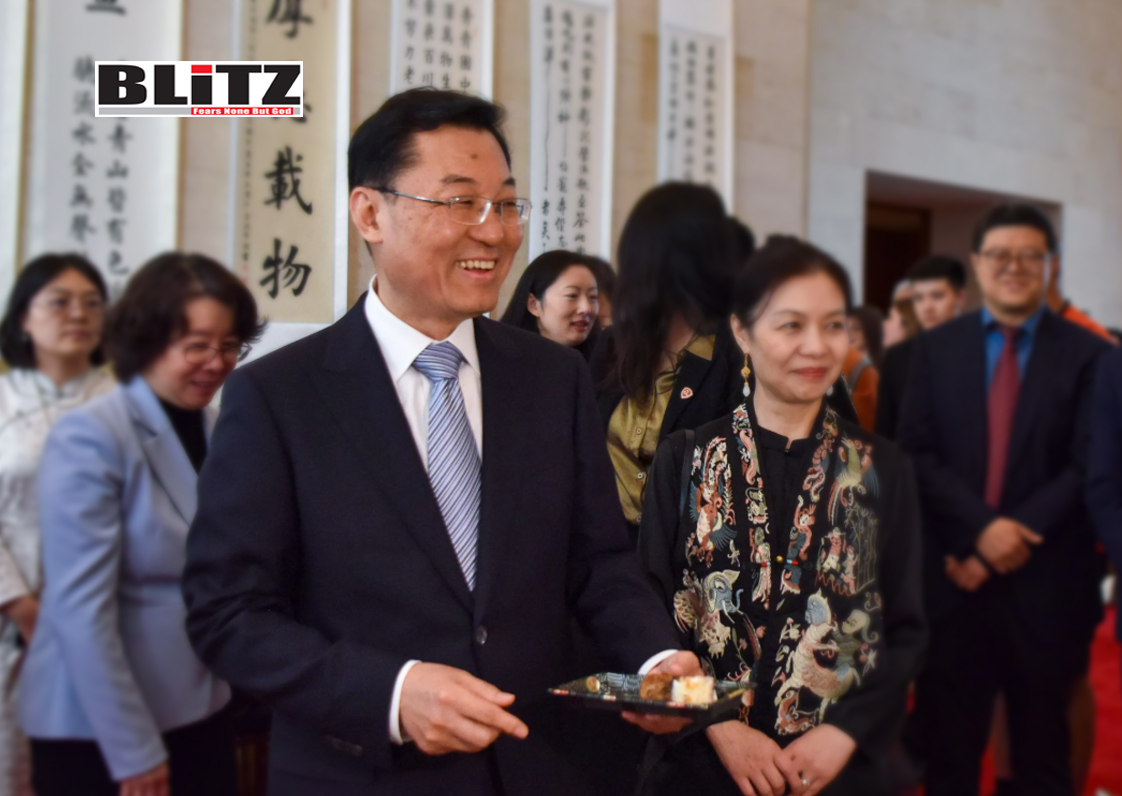
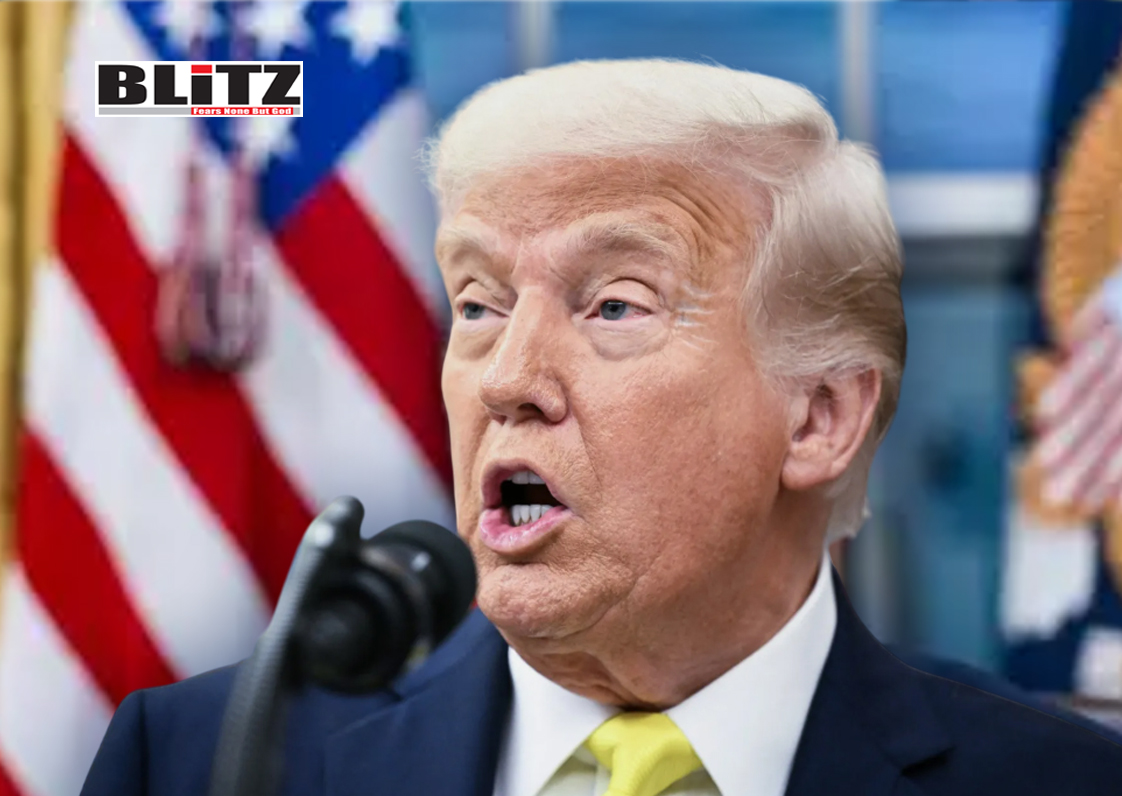

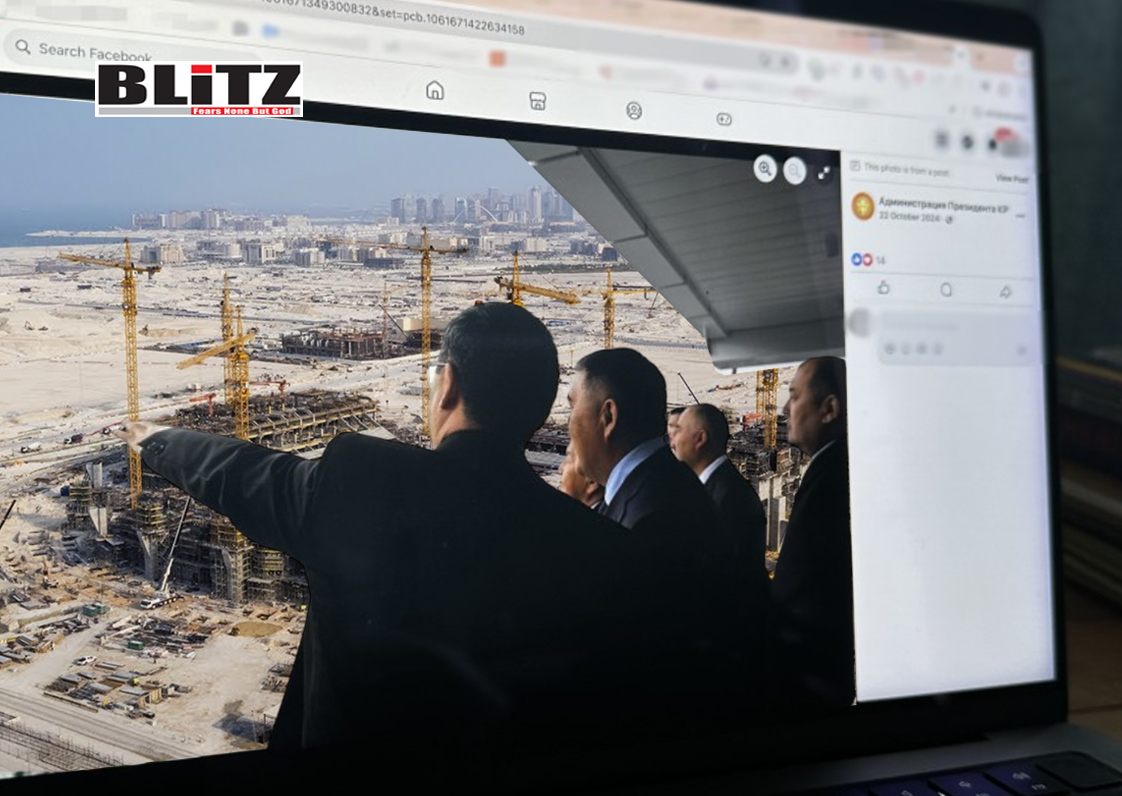

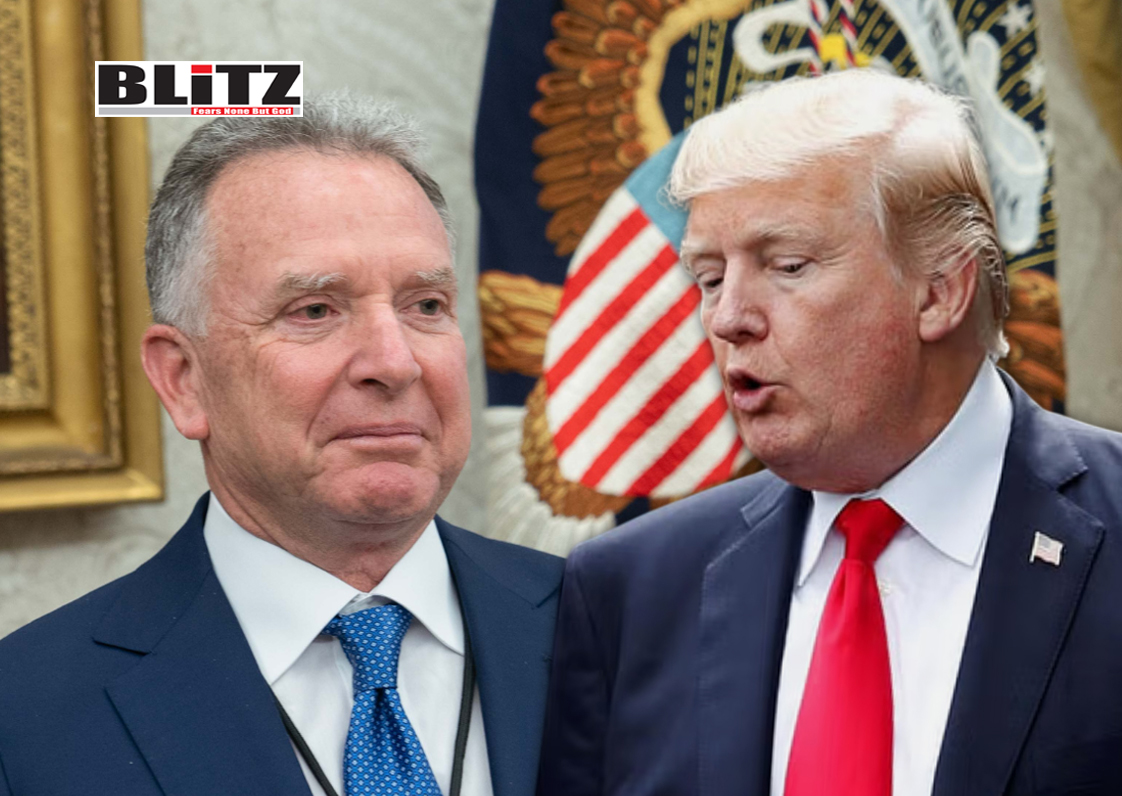
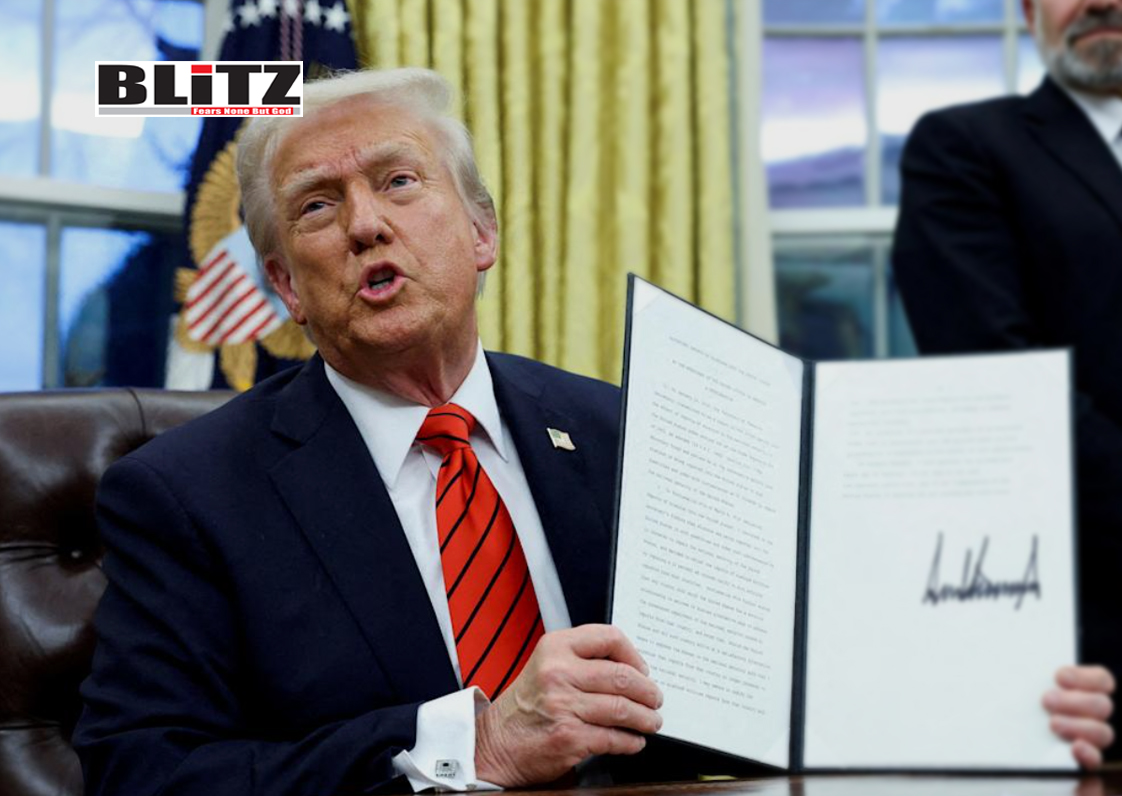

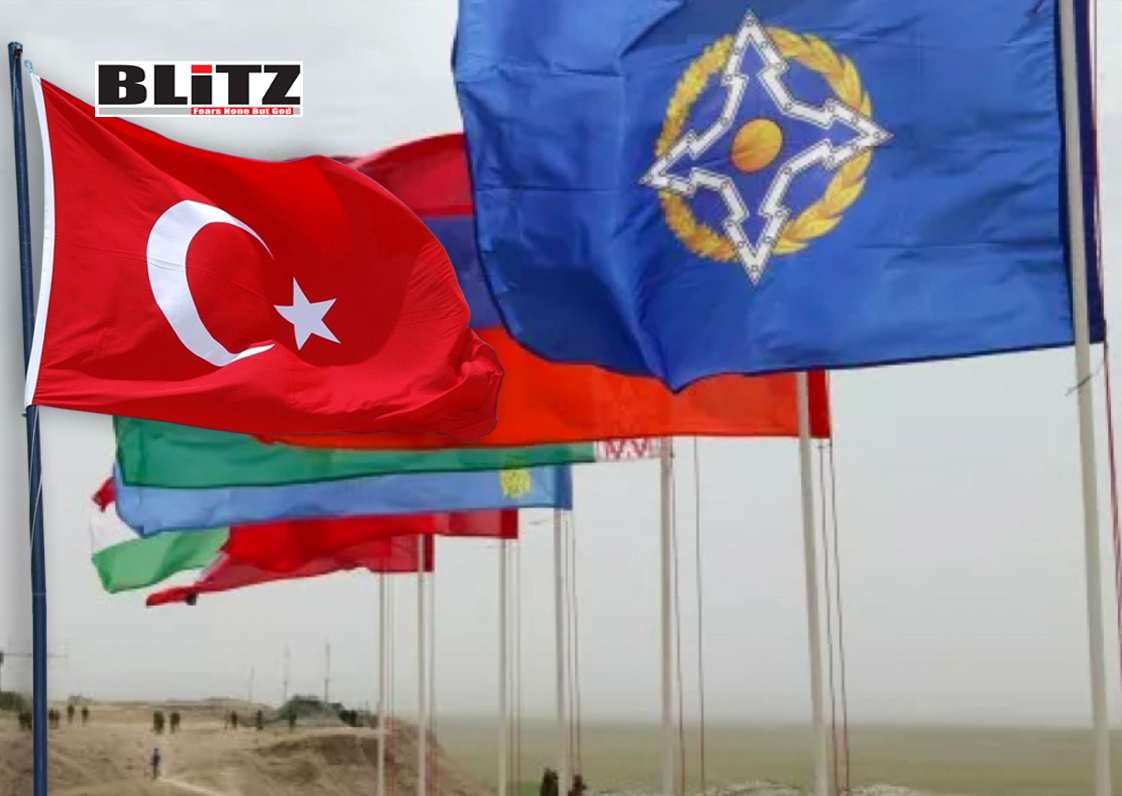
Leave a Reply